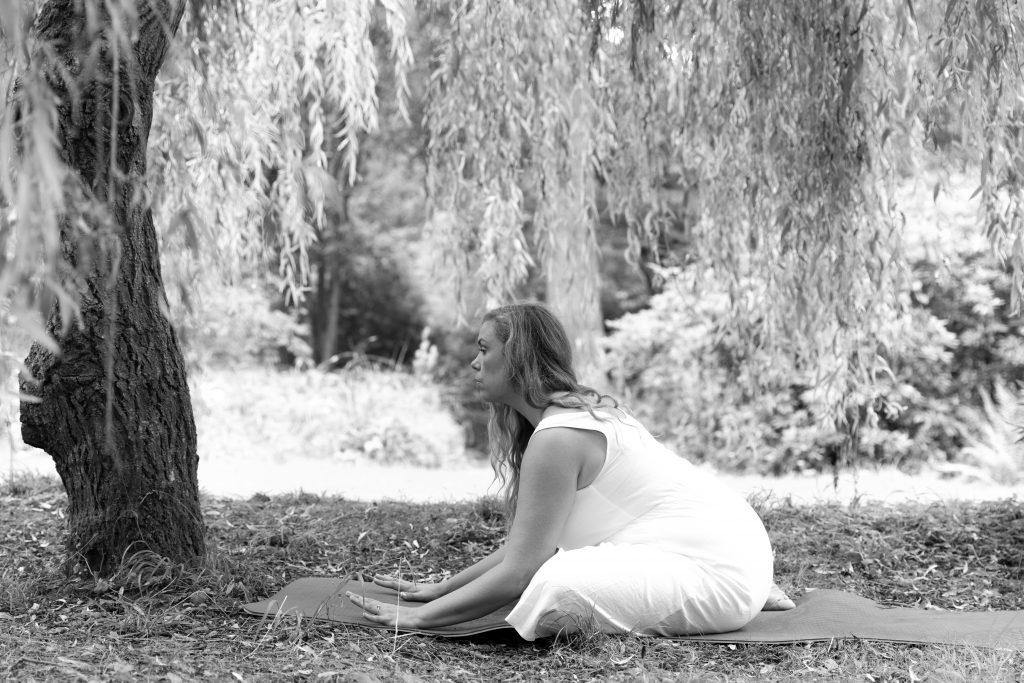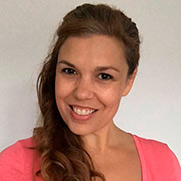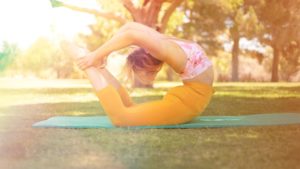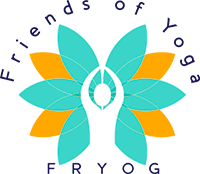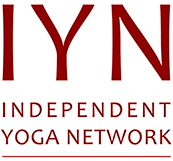Not being flexible is one of the most common reasons I hear for people avoiding a Yoga class. As an Osteopath and a Yoga Teacher, I truly believe that yoga is a practice that everyone can benefit from. I have been teaching yoga for 16 years and during this time have heard many reasons why some people may be reluctant to try yoga. I would like to respond to some of people’s concerns as there are misconceptions around who can and can’t do Yoga mainly due to the portrayal of yoga postures in main stream media.
Here are the top three reasons that people give for not coming to a class:
- “I am not flexible enough” or “I can’t touch my toes”
Being flexible is not a pre-requisite for practising yoga, it is one of the many physical benefits of regular practice. Yoga naturally attracts people who are genetically flexible (dancers, gymnasts etc); these are the people used to advertise yoga commercially and on social media, which is a shame as it can discourage people from wanting to try a class. It is important to remember that most people will never achieve that extreme range of movement.
Yoga can be adapted to suit your individual flexibility; finding a teacher who can understand and tailor your practice to your individual anatomy is key. Remember, the yoga you see on Instagram is not the essence of a traditional yoga practice. Yoga is much more than a physical stretching programme… its true benefits come from the effects on the cardiovascular system, on stress management and the mental health benefits of meditation and mindfulness. Yoga is a process for you as a whole person, not just your muscles.
- “I am worried about aggravating pain or an injury”
As with all activities involving movement there is always a risk of injury and this is as true for yoga as much as it is for going to the gym or running. When you start any new activity it is important to work with someone who understands your medical history and is able to adapt the class, where appropriate (this is especially important if you have a previous or reoccurring injury that you are worried about). Yoga is a great tool for preventing and recovering from injuries, but EVERY BODY is different, and a one size fits all approach is not appropriate for people with a more complex medical history.
Find out about the training your teacher has undertaken, not all training courses are created equal; how much experience do they have, what style do they practice, how long was their training course, do they have any other qualifications? This information will influence how they teach and can help you make a decision about if their style of Yoga is right for your personal needs. Take the time to try different classes until you find a class that you feel is right.
- “It’s not hard enough”
Yoga can be gentle and restorative but can also be physically demanding and make you sweat. In a class you may lay still and meditate in a pose for a long time, or you may flow in a sequence of moving postures. Some styles of yoga involve lots of strength and some require mental concentration. Yoga is a varied practice with many different styles and in addition, every teacher will also have a different approach. It’s worth spending the time talking to the teacher and making sure that your intention for practice suits their teaching style.
To find out how I can help you with your pain you can book a FREE 15 minute consultation with me via my website https://bookwhen.com/aimeenewton.

